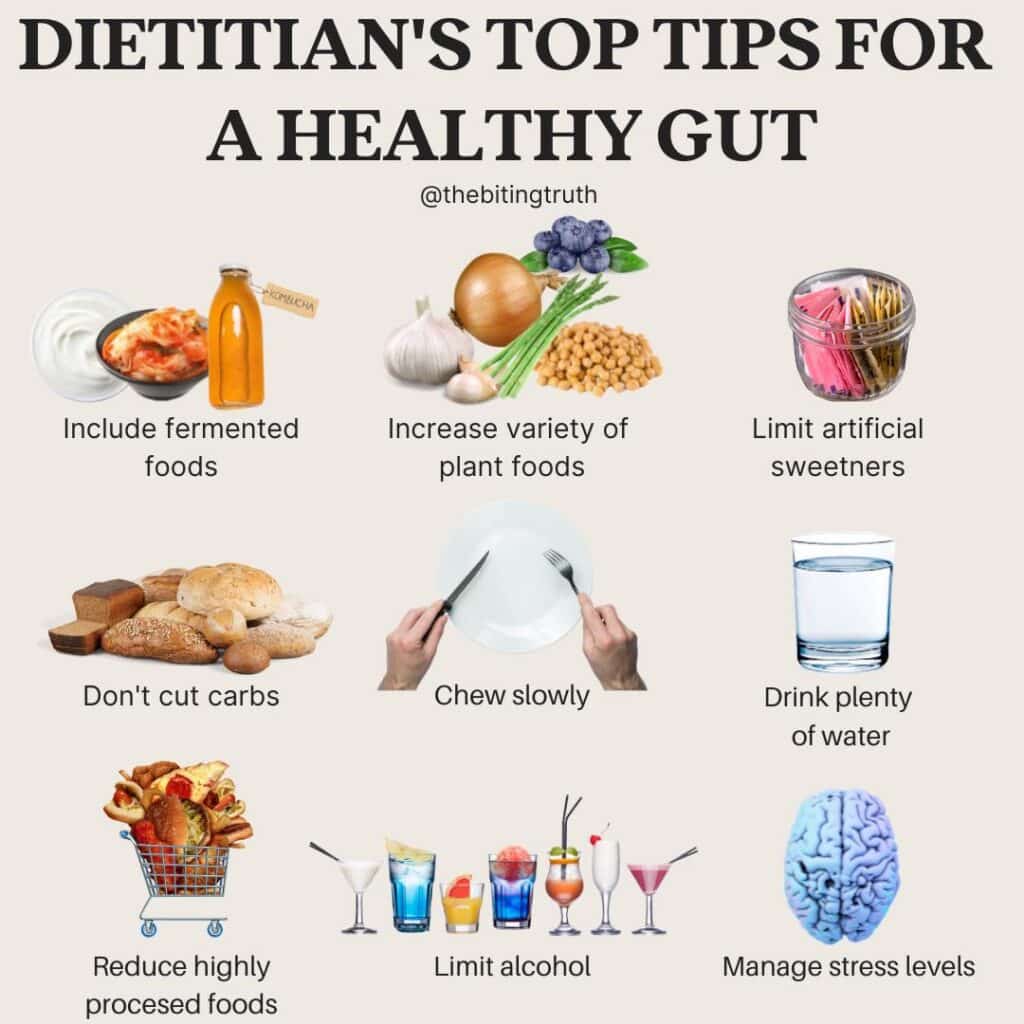When you think of healthy eating, do you immediately picture pricey superfoods like chia seeds, acai berriesand organic produce?
It’s a common misconception that eating healthy has to drain your wallet.
While it’s true that some health foods can be expensive, there are plenty of budget-friendly ways to maintain a nutritious diet without resorting to processed foods.
All it takes is a bit of planning and some insider tips. Let’s dive into the secrets of eating well on a budget!
Planning your meals a week in advance helps you buy only what you need, preventing unnecessary purchases. While planning, check supermarket catalogues for specials and incorporate those items into your meals. Make a shopping list and stick to it to avoid impulse buys.
Seasonal fruits and vegetables are not only cheaper but also fresher and more flavourful. For example, the price of blueberries in winter can be sky-high, but in summer, they’re much more affordable Check out our post on 10 Winter Fruit & Vegetables You Should Be Eating!
Look at the price per kilogram or unit price to find the best value. Often, generic or store brands are just as good as name brands but at a lower cost. Keep an eye out for these budget-friendly options.
Buying in bulk can save you money. Opt for a large tub of yoghurt instead of individual portions or a block of cheese that you can grate yourself. If you buy more vegetables than you can eat before they spoil, steam them slightly, let them cool, and freeze them in zip-lock bags for later use.
Frozen fruits and vegetables are great for bulking out meals. Just be sure to check the labels for added salt in vegetables and added sugars in fruits. Choose canned fruits in natural juices and no-added-salt vegetables whenever possible.
Legumes and whole grains like brown rice, lentils, chickpeas, freekeh and couscous are inexpensive and nutritious. Add canned legumes (rinsed before use) to dishes like Bolognese to stretch the meat further and boost the fibre content.
Don’t feel bound by recipe ingredients. Swapping expensive items for cheaper alternatives can save you money.
—
Notes






